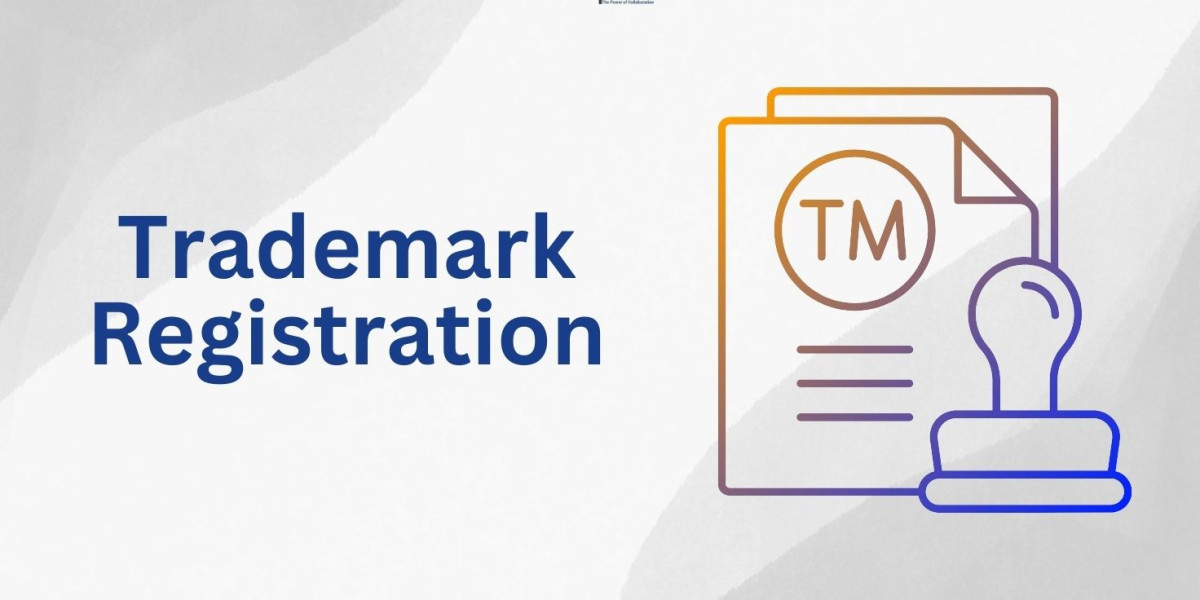Filing a trademark opposition is a crucial step in protecting your brand's identity. If you believe someone else’s trademark registration could affect your brand, you have the legal right to oppose it. In this blog, we will guide you through the entire process of filing an opposition against a trademark registration in India.
What is a Trademark Opposition?
A trademark opposition is a formal objection raised by a third party against the registration of a trademark. After a trademark application is published in the Trademark Journal, the public has the right to oppose it within a specific period if they believe the trademark conflicts with their existing rights.
Who Can File a Trademark Opposition?
Anyone who believes that the applied trademark can affect their business can file an opposition. This includes:
- Existing trademark owners
- Individuals or businesses with prior rights
- Competitors or affected parties
Grounds for Filing a Trademark Opposition
Trademark opposition can be filed under the following grounds:
- Identical or Similar Trademarks: If the applied trademark is identical or closely similar to an existing one.
- Descriptive Marks: If the mark is generic or descriptive with no distinctiveness.
- Deceptive Marks: If the mark misleads the public.
- Prohibited Symbols: Use of marks against public policy or restricted symbols.
When Can You File a Trademark Opposition?
A trademark opposition can be filed after the trademark application is published in the Trademark Journal. The opposition period is 4 months from the date of publication. If no opposition is filed during this period, the trademark moves forward for registration.
How to File an Opposition Against a Trademark Registration in India?
Filing an opposition involves multiple steps in the Trademark Registration process. Here's how you can do it:
Step 1: Check the Trademark Journal
The first step is to regularly check the Trademark Journal to stay updated on newly published trademarks. You can view the journal on the official website of the Indian Trademark Registry.
Step 2: Prepare a Notice of Opposition
You need to prepare a Notice of Opposition using Form TM-O. The notice should clearly outline:
- Details of Opponent: Name, address, and contact details of the person or entity filing the opposition.
- Details of the Opposed Trademark: Application number and description of the opposed mark.
- Grounds for Opposition: Clear reasons for objecting to the trademark registration.
Step 3: Pay the Trademark Objection Fees
While filing the opposition, a prescribed fee must be paid. The Trademark Objection Fees for filing Form TM-O can be paid online through the official portal of the Indian Trademark Registry.
Step 4: Submit the Notice of Opposition
Once the notice is prepared and the fees are paid, you need to submit the notice of opposition online or physically at the respective Trademark Office where the application was filed.
Step 5: Wait for the Counter-Statement
After the opposition notice is filed, the applicant of the trademark has 2 months to file a counter-statement. If they fail to respond, the trademark application will be considered abandoned.
Step 6: Evidence Submission by Both Parties
If the applicant files a counter-statement, both parties must submit evidence supporting their claims. This phase involves submitting documents, brand usage proofs, and expert opinions if required.
Step 7: Hearing Process
A hearing is scheduled where both parties can present their arguments. Based on the presented evidence and arguments, the Trademark Registrar makes a decision.
Step 8: Final Decision
After the hearing, the Registrar will either accept or reject the trademark application based on the opposition and defense presented. If the opposition is successful, the trademark application will be refused. If not, the trademark will proceed with the registration process.
Importance of Filing a Trademark Opposition
- Protects Brand Identity: Ensures your brand name and logo remain unique.
- Prevents Confusion: Avoids customer confusion due to similar trademarks.
- Legal Rights Protection: Safeguards your intellectual property rights.
Difference Between Trademark Opposition and Trademark Objection
Many people confuse trademark opposition with Trademark Objection, but there are different stages in the trademark registration process.
- Trademark Objection: Raised by the examiner during the initial trademark examination stage due to issues with the application.
- Trademark Opposition: Raised by a third party after the trademark is published in the journal.
How Can We Assist You?
We specialize in providing complete assistance with Trademark Registration in India, including filing oppositions, replying to trademark objections, and ensuring smooth registration for your business. Our experts help you secure your brand identity and avoid future legal issues.
Frequently Asked Questions (FAQs)
Q1: What is the time limit for filing a trademark opposition in India?
A: You can file a trademark opposition within 4 months from the date of its publication in the Trademark Journal.
Q2: What is the fee for filing a trademark opposition in India?
A: The trademark objection fee for filing a notice of opposition using Form TM-O is ₹2,700 if filed online and ₹3,000 if filed physically.
Q3: Can I file a trademark opposition without professional help?
A: Yes, you can file it independently, but seeking professional assistance ensures accuracy and strengthens your case with proper documentation and legal grounds.
Protect your brand identity today! Need help with trademark registration or filing an opposition? Contact us for expert assistance.








